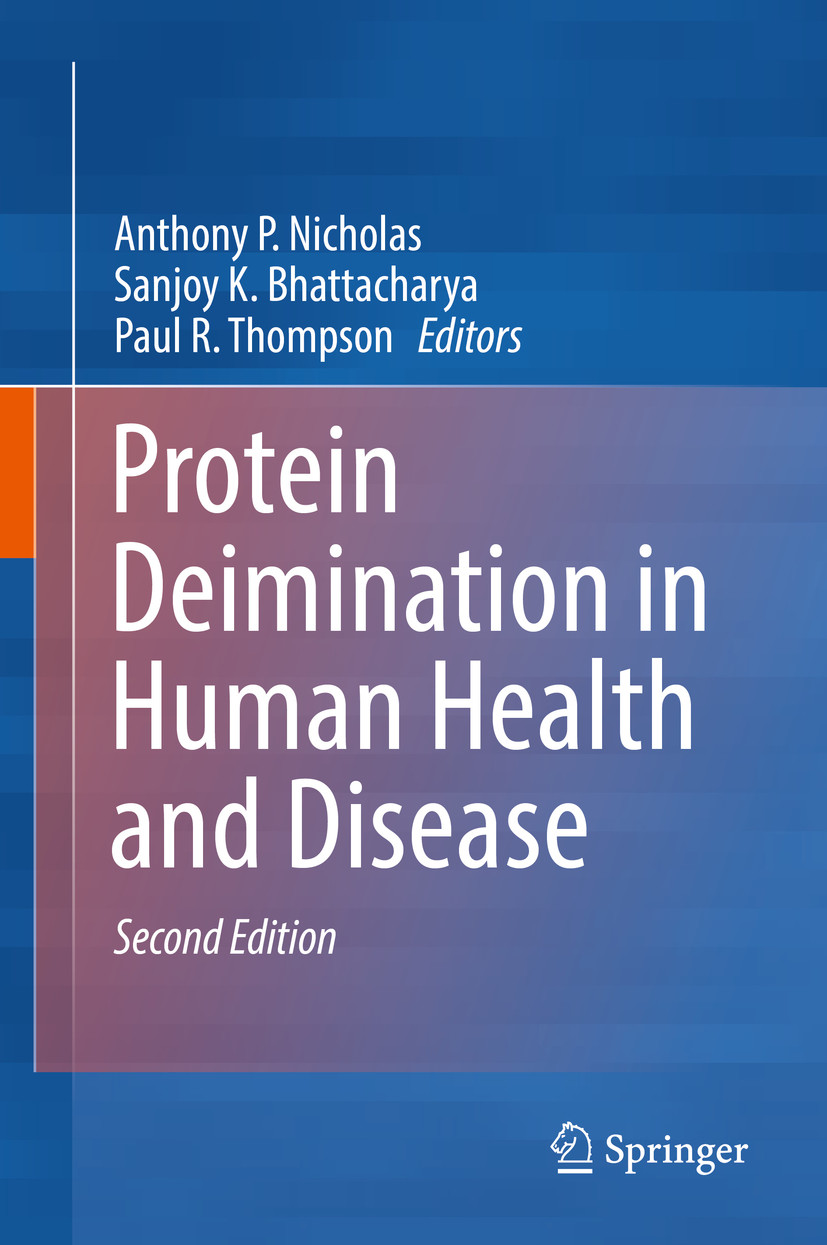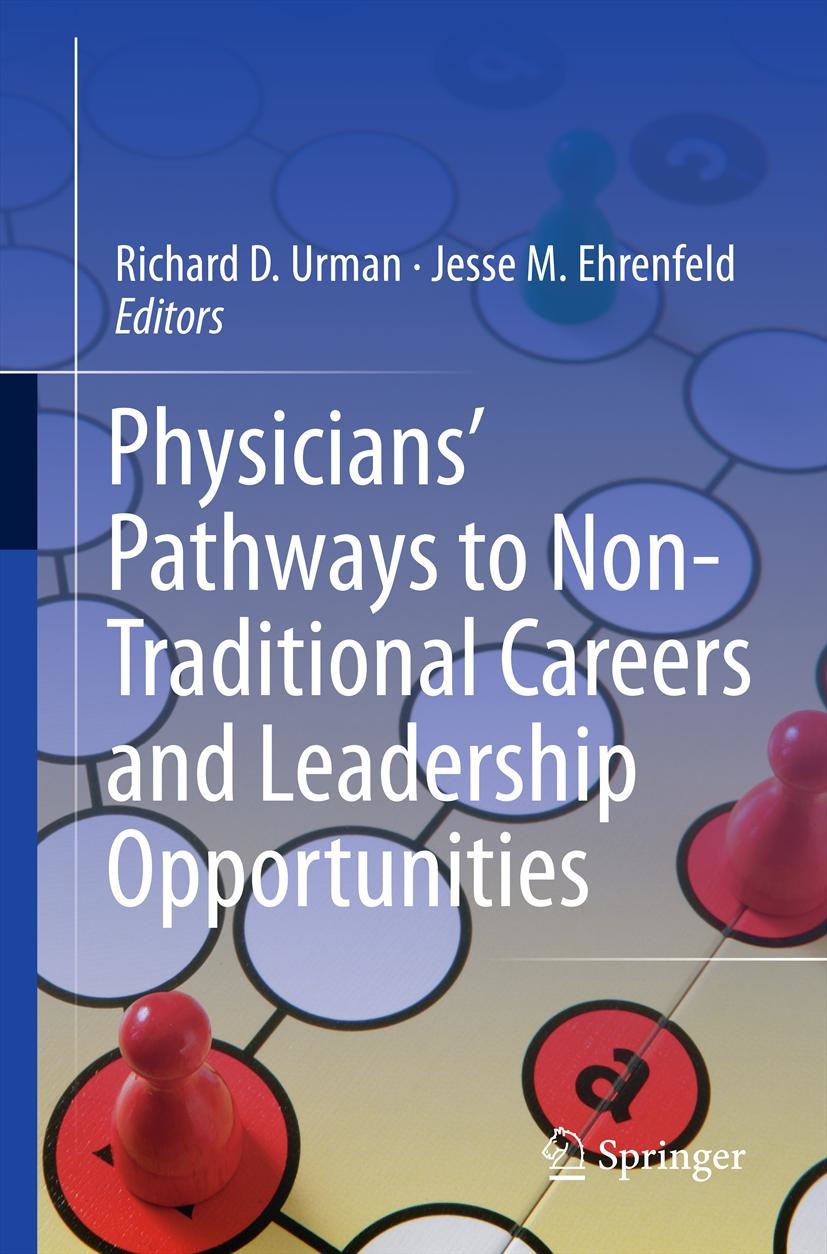Protein Deimination in Human Health and Disease
| Auflage | 2. Auflage, 2017 |
| Verlag | Springer-Verlag |
| ISBN | 9783319582443 |
Produktbeschreibung
Published in 2014, Protein Deimination in Human Health and Disease was the first book on this novel post-translational modification, in which selected positively-charged arginine amino acids are converted to neutral citrulline amino acids by the peptidyl-arginine deiminase (PAD) family of enzymes. This area of research continues to expand rapidly, necessitating the need for this second edition. Chronicling the latest inflammatory, epigenetic, neurodegenerative, and carcinogenic processes, Protein Deimination in Human Health and Disease, Second Edition, updates the latest advances in deimination research, including new information on PAD enzyme structure and activity, and how PAD knock-out animals are being used to study known and newly-discovered links to various human diseases.
The first edition outlined what was known about citrullinated proteins in normal tissues such as skin and hair, as well as in maladies such as rheumatoid arthritis (RA), multiple sclerosis (MS), Alzheimer’s disease (AD), glaucoma, peripheral nerve injury, neonatal hypoxic brain damage, and breast cancer. This second edition addresses numerous additional disorders such as diabetes, asthma, traumatic brain injury, inflammatory bowel disease, lupus, bone disease, heart failure, fronto-temporal dementia, and prostate and colon cancer. It also provides updates on the deimination research covering the three seminal diseases first linked to this process (RA, MS and AD), and details how auto-antibodies against citrullinated proteins contribute to disease. In addition, new hypotheses on the possible pathologic mechanisms of citrullinated myelin basic protein and glial fibrillary acidic protein are also proposed. This second edition also outlines the latest developments in therapeutic strategies, including the use of new PAD antagonists and innovative techniques such as micro-vescicles and stem cells as possible mechanisms to treat these conditions.

